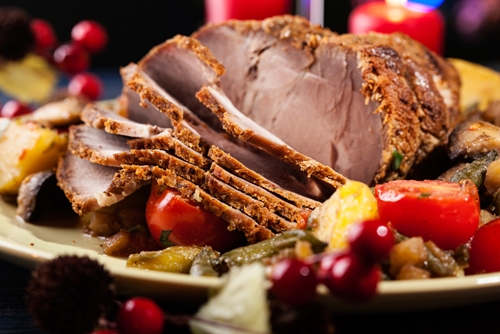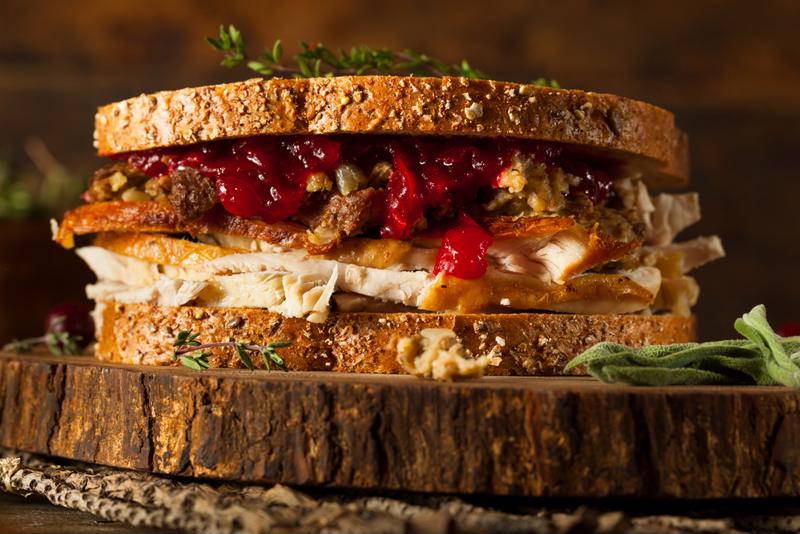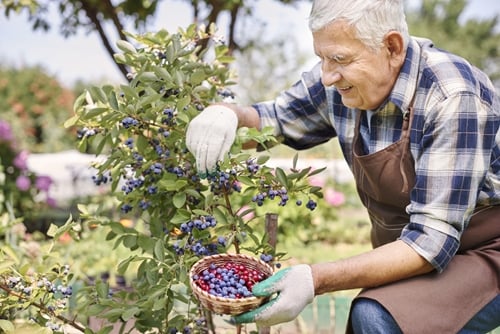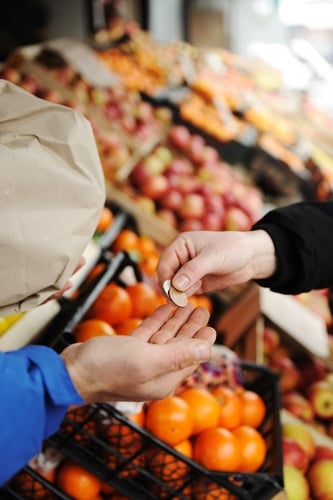
How to Preserve Holiday Leftovers
- Fresh Life
- 11/07/16
- Share
If there's something you certainly have a surplus of during the holiday season, it's leftovers. Whether you host the family get-togethers, or your aunt packs up bags of leftovers for the rest of the family, there's no doubt you have enough food for quite a few days after the holidays. If you're all turkey'd out you may want to save those leftovers for another time. Here are some tips for preserving your holiday leftovers:

Keep Them Safe
Before you even store your leftovers, it's important to make sure they're safe to eat later on. In order to do this make sure all cooked foods and foods that are meant to stay cold do not sit at room temperature for more than two hours. The USDA states that keeping your food between the temperatures of 40 and 140 degrees Fahrenheit - known as the "danger zone" - is the ultimate way to promote the development of bacteria, so be sure to get your food in the fridge as soon as possible.
While it may be tempting to socialize while the food sits on the counter, it's safest to put all of the food away as soon as possible. Consider wrapping them in separate portions for everyone right off the bat, so you won't have to repackage all of the leftovers as people leave. This also allows the food, especially large items like turkey, to cool quicker, as it's in smaller portions.
If you're packaging your leftovers in a FoodSaver® Fresh Container to eat later this week or next week, don't overfill the container. Sealing the air out of the container and leaving a little bit of extra space will ensure the food can get cold enough, quick enough so bacteria won't develop. If you plan on waiting longer than this to eat your leftovers, opt for storing them in the freezer instead of the refrigerator. The cold temperatures will keep the food safe to eat indefinitely, and vacuum sealing it will ensure that it tastes just as good in the future as it did when you put it in the freezer.
Thawing Leftovers
There are a few different ways to thaw your leftovers, depending on how soon after thawing you want to eat them. The quickest way to thaw food is to put it in the microwave, but depending on the type of dish, it's easy to accidentally overcook it. Be sure to periodically check your dish to ensure it's heating up evenly. You can also submerge your leftovers in a large bowl or sink filled with cold water to thaw your food, especially if you've vacuum sealed it, ensuring that no water will leak into the package. When using this method, it's imperative that you change the water when it gets too warm.
The safest way to thaw your leftovers is to do so in the refrigerator. However, you need to take these dishes out of the freezer a couple of days before you plan to eat them, as it's also the slowest way to thaw a dish.
Only Reheat Once
One reason it's such a good idea to use FoodSaver® Portion Pouches is that you can ensure you're only heating up one serving at a time. If all of your leftovers are frozen together, you have to thaw them all at once, even if you only plan on eating a small portion of it. These pouches are also microwave and simmer safe, so it's simple to heat the whole portion up at once, without even opening the pouch.
Make sure everything you reheat is just as hot as it was when it was initially cooked so any bacteria is killed. If you're reheating on a plate or otherwise out of your Portion Pouches, stir it up or turn it over as you microwave it so it cooks evenly. If you reheat your leftovers and it turns out that your eyes were bigger than your stomach, as tempting as it may be to toss that extra food back in the refrigerator, just throw it away. It's not safe to reheat food more than once, no matter how it was stored.



